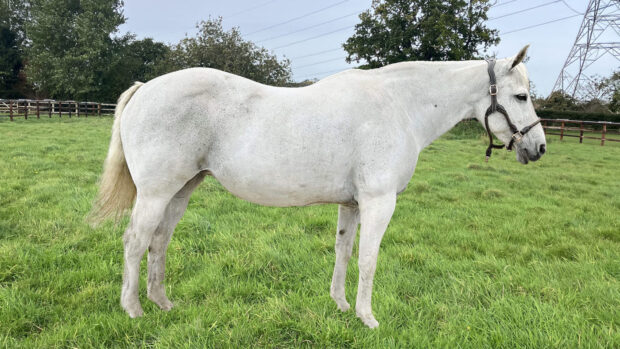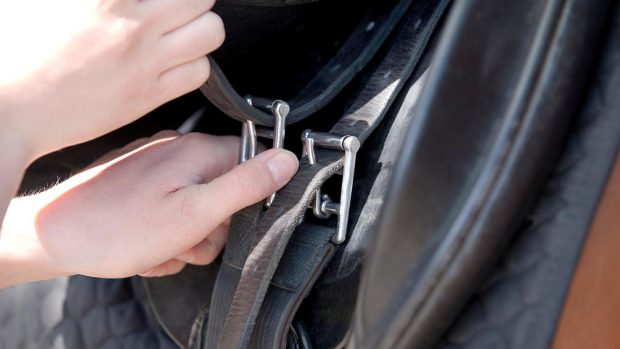An increasing number of horses are suffering from obesity, which can have serious health implications as well as preventing the animal from performing to its best.
The effects of obesity
- Digestive disorders, such as low-grade chronic colic, are more likely, disrupting the delicate balance of gut bacteria.
- Studies on other species show that cancer is more common in obese animals. This may also be true of equines.
- Respiratory problems are common as the additional body mass of the horse requires extra levels of oxygen. Due to pressure from this excess body weight, the required oxygen intake is difficult for the horse to achieve.
- The fat horse finds it difficult to cool down during work due to the extra insulation of sub-cutaneous fat. He will compensate by sweating excessively which can lead to dehydration and potential tying-up.
- Excess body weight causes strain on joints. This is a particular problem with young, growing show horses and can cause not only irreversible lameness and deformities, but also other problems such as laminitis.
- Heart and circulatory problems arise as the demand for blood is increased, making the cardiovascular system work harder.
Other effects of obesity include:
- A decrease in physical energy and activity. When an animal is obese, the time until it becomes fatigued is measurably shortened, again,due to the inability of the body to cool quickly. Lethargy is a much more common complaint with overweight horses.
- Lower performance levels. Peak fitness is impossible to achieve in an overweight horse as aerobic activity (work with the use of oxygen) is decreased.
- Reduced resistance to infectious disease. The body of an obese horse cannot always produce adequate antibodies to form an efficient resistance against disease.
- Reduced milk production and a poorer quality of milk in lactating mares.
Weighing your horse
The first step in managing an overweight horse is to work out its weight.
A weigh tape, which can be boughtfrom a feed merchant or feed company, is a good place to start. Most are extremely accurate. Weigh your horse at a set time every week and record his weight over several weeks to determine any weight gain or loss.
You should critically assess your horse by eye at the same time as weighing. A good nag-man’s eye is a useful tool but do try to be objective.
Working out a condition score on a weekly basis is also essential. Use a hands-on approach to feelthe areas where fat is more likely to be deposited, for example, the crest, shoulders, ribs and quarters. Give each area a score out of five – in areas where he is fatter, the horse wins higher scores and vice versa. Record the final marks together with his weight.
Many feed companies now own weigh bridges and will come out to a riding club or yard to weigh horses and assess their diets. This is a useful exercise but be aware that, although the advice may be independent, any feeding recommendations are likely to be biased towards that particular company.




